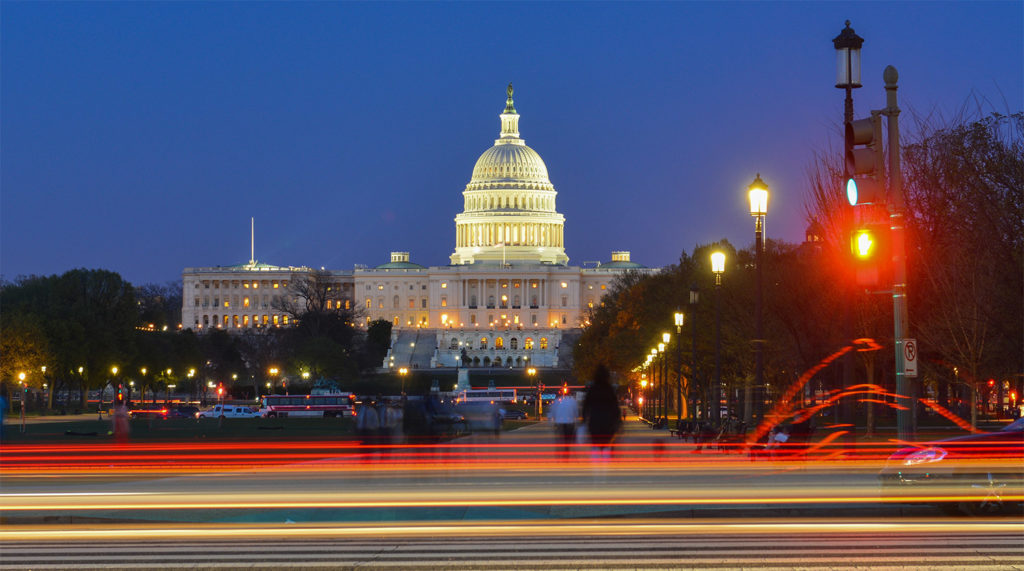Midweek update

Govexec reports that
The House on Wednesday [December 9] passed a stopgap funding bill 343-67 that would give lawmakers an additional week to come up with full-year spending legislation and avoid a government shutdown later this month. The continuing resolution would last for one week, setting a new funding deadline of Dec. 18. The Senate must still pass the CR and President Trump must sign it by Friday to avoid a government shutdown, which both are expected to do.
The Wall Street Journal adds that “A flurry of competing proposals for another coronavirus relief package ricocheted around the Capitol Wednesday, as lawmakers hunted for ways to resolve a thorny debate over liability protections that has stymied progress for weeks.” A December 9 fact sheet on the bipartisan proposal was made available today. Check it out.
In Presidential transition news, President-elect Biden announced the following additional healthcare appointments earlier this week:
- Vivek Murthy, M.D., for a second tour of duty as surgeon general
- Rochelle Walensky, MD, Harvard professor, as CDC director
- Marcella Nunez-Smith, MD, Yale Professor, as COVID-19 Equity Task Force Chair
- Jeff Zients, Deputy OMB Director for Management in Obama Administration, as Covid-19 czar.
- Anthony Fauci, MD, as Coordinator of COVID-19 response and Counselor to the President
- Sidebar — Still waiting for FDA Commissioner appointment
- Added Cathie McQuiston, AFGE Deputy GC, to the OPM review team
Tomorrow December 10 is the date set for the FDA Vaccines and Related Biological Products Advisory Committee virtual meeting on the Pfizer-BioNTech emergency use authorization application for its COVID-19 vaccine. The CDC’s Advisory Committee on Immunization Practices will meet on Friday December 11 and vote on Sunday December 13 per Reuters. “
Dr. William Schaffner, an infectious disease expert and non-voting member of the CDC’s ACIP, said the gap between the two ACIP meetings will allow the FDA time to draft and issue an emergency use authorization (EUA) before the ACIP vote. That schedule could change, however, if FDA advisers have questions or request more data [tomorrow], he said.
Today the FDA announced that it has
authorized LabCorp’s Pixel COVID-19 Test Home Collection Kit for use by any individual 18 years and older without a prescription. This product, which is authorized as the first COVID-19 direct-to-consumer (non-prescription) test system, allows an individual to self-collect a nasal swab sample at home and then send that sample for testing to LabCorp. Positive or invalid test results are then delivered to the user by phone call from a health care provider. Negative test results are delivered via email or online portal.
This home sample collection kit can be purchased online or in a store without a prescription. It is intended to enable users to access information about their COVID-19 infection status that could aid with determining if self-isolation (quarantine) is appropriate and to assist with health care decisions after discussion with a health care professional.
“This is the first kit for consumers to self-collect a nasal sample for COVID-19 in their home that does not require a prescription,” said Jeff Shuren, M.D., J.D., director of FDA’s Center for Devices and Radiological Health. “While many home collection kits can be prescribed with a simple online questionnaire, this newly authorized direct-to-consumer collection kit removes that step from the process, allowing anyone to collect their sample and send it to the lab for processing.”
Most excellent.
Health Payer Intelligence reports that
Blue Cross and Blue Shield is calling on payers to bolster vaccination rates by expanding access to care, connecting with members through digital platforms, hosting free flu vaccine clinics, and utilizing data to target support for at-risk communities The effort comes in response to a drastic decrease in the number of vaccinations this year, compared with 2019 data.





